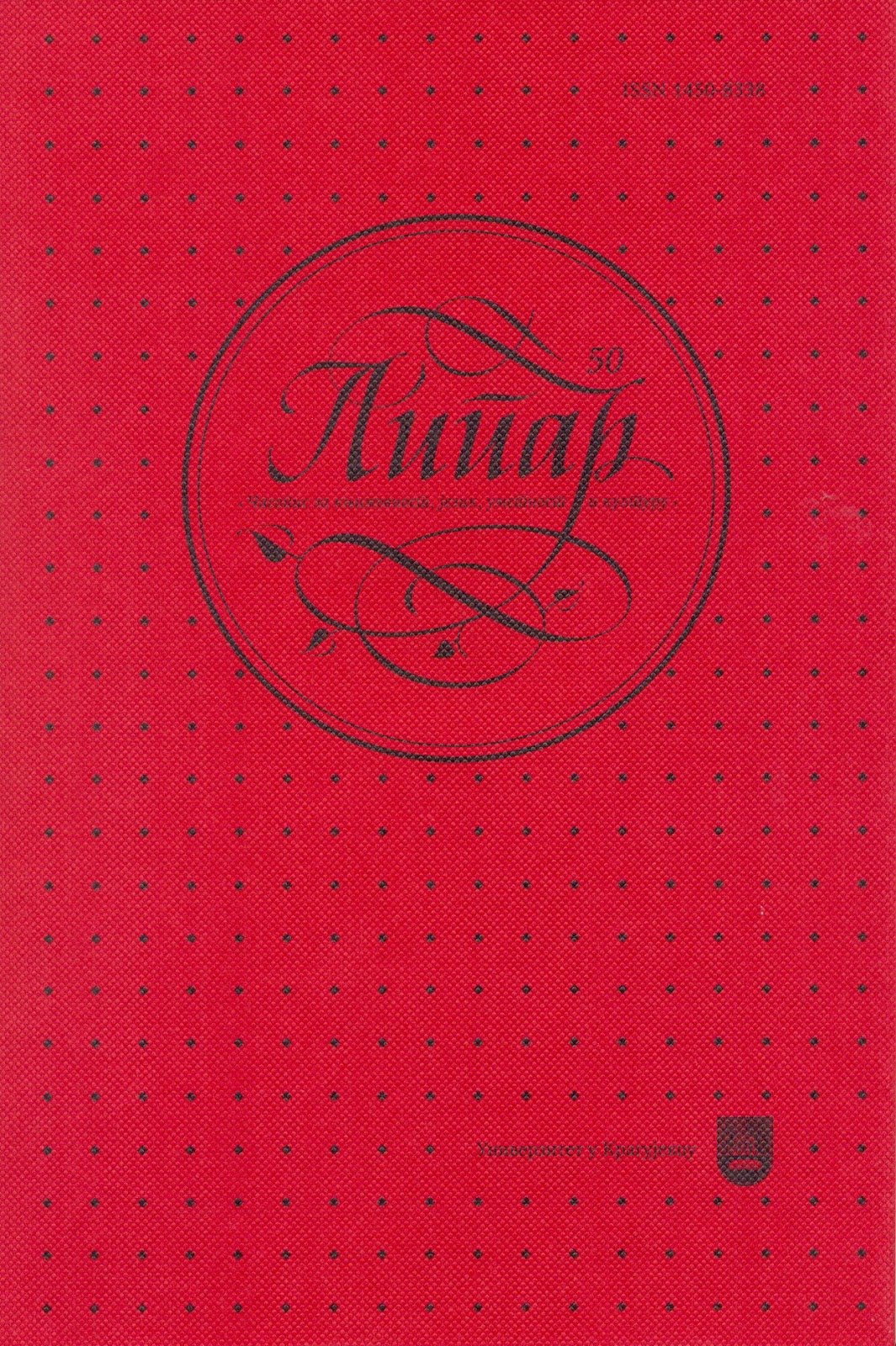ЗМИЈЕ И ЗМАЈЕВИ, 1141 ГОДИНА ВИЗАНТИЈСКОГ
СВЕТА, И У ВОДИ И НА ЗЕМЉИ
Snakes and dragons, 1141 years of the Byzantine world, in the water and on the earth
Author(s): Predrag MiloševićSubject(s): Architecture, Aesthetics, Sociology of Art
Published by: Универзитет у Крагујевцу
Keywords: snakes;dragons;the Byzantine world; 1141 years ago; reality; beliefs
Summary/Abstract: Today we consider Byzantine art rather abstract than naturalistic, so we expect the confirmation in written sources. One might think that the Byzantine authors could have been trying to make a difference between their own art and the Greco-Roman models before them. But that was not the case. Except when it comes to the topic (one in a pagan and another in Christian art), their aesthetic valuation of both the kinds of art is the same. Such an obvious lack of the observation we could try to explain saying that the Byzantines inherited from their antique ancestors all literature modes together with all the conventions that are, so to speak, built in them. That in itself is an undeniable truth when it comes to ekphrazis and epigram. Reproduction of the artistic models and enjoyment of classical authors was regarded as a sign of sheer culture. It is also true that Byzantine authors never wrote their ekphrazis and epigrams for no reason. Aesthetic values of Byzantine art and architecture are often elusive. They were influenced, as is confirmed, by philosophy, especially neo-Platonic doctrine, such as Plotinus (Plotinus). This is supported by the appearance of such a distorted perspective, radiating compositions, disregard of scale and depth, and more. Anagogical argument (namely, that images serve to rise our minds to non-material reality), the argument developed from neo-Platonism through Pseudo-Dionysius’ writings, appeared indeed from time to time, but this is the exception rather than the rule. Prevalent learning of Byzantine authors was that their art is very close to nature. Research of writings on snakes, serpents, lizards, reptiles, dragons, monsters and beasts, which are presented in this paper, and their interpretation, confirms the stance.
Journal: Липар - часопис за књижевност, језик, уметност и културу
- Issue Year: XIV/2013
- Issue No: 50
- Page Range: 25-44
- Page Count: 20
- Language: Serbian

